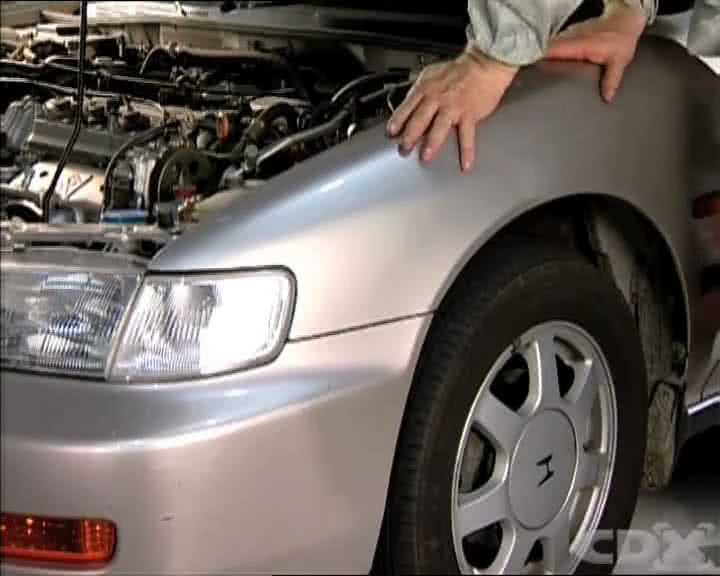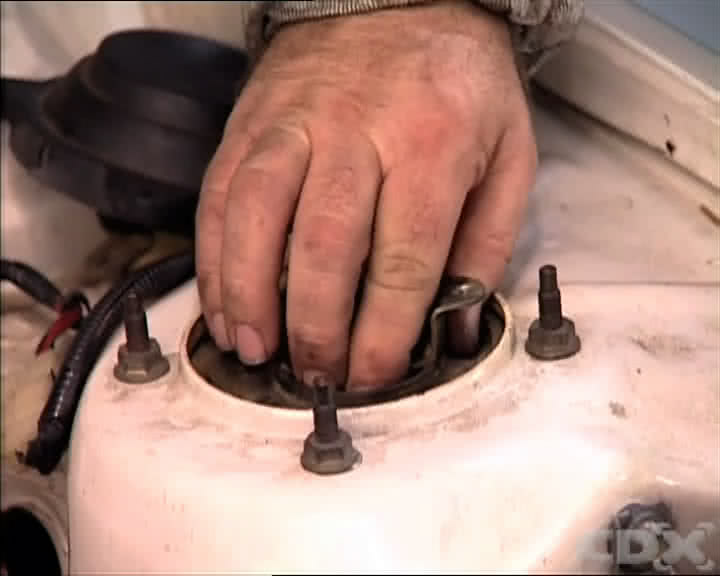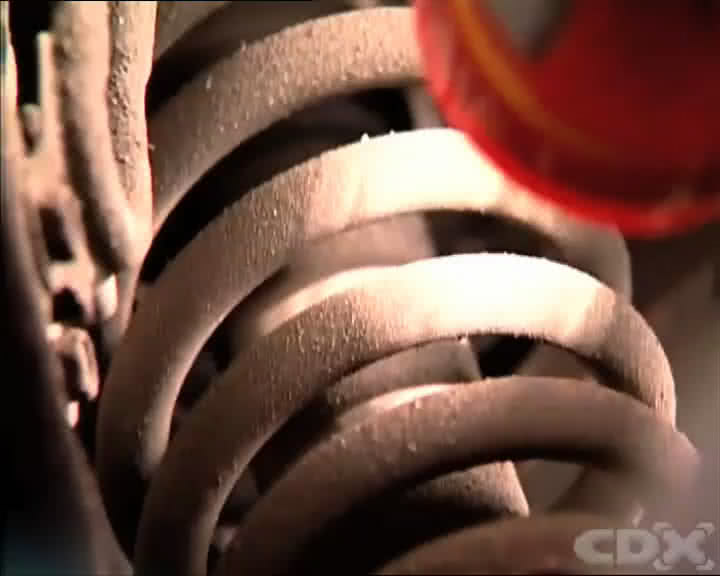How To Check Shock Absorbers
Steps
Check Shock Absorbers And Struts
The simplest form of suspension test is known as a “bounce” test.
Lean heavily on the front guard or place your weight on a bumper – always take care not to damage any part of the vehicle while doing so. Release it suddenly and see what happens.
If the vehicle rebounds continually, you need to replace the shock absorbers. If the shock absorbers are performing well, the car will rebound once only, and then slowly return to its original position.
While driving, the same test can be performed by stopping the vehicle suddenly from a very low speed. After coming to a stop, if the car “bounces” up and down a couple of times before coming to rest, you need to replace the shock absorbers.

Check Strut Upper Mounting
Pay particular attention to the top strut mounting during the bounce test. Place your hand on top of the mounting during the bounce test. Any noise or movement in the mounting could indicate the need to replace the component.
If you do feel movement, hear noise or see signs of leakage, those are the things that need attention.

Visually Inspect Shock Absorbers
Visually inspect the shock absorber mounting points for security and corrosion, and note any wet looking patches on the sides of the shock absorbers. This is a common indicator that the strut or shock absorber needs replacing because of a fluid leak.

Tips
- Shock absorbers and struts are located near each wheel and protect the passenger compartment from bumps
- Many vehicles are equipped with strut-type suspension instead of conventional shock absorbers, but testing either system involves the same procedure
- If a vehicle has adjustable shock absorbers, make sure the shock absorber adjustments are the same for the left and right-hand side
- Some shock absorbers contain pressurised gas. To prevent personal injury, never puncture or incinerate these shock absorbers
*Important information* - Click here to read more about our How-To terms and conditions.